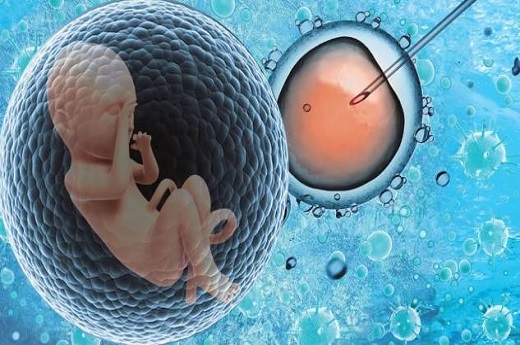**Abstract:**
The third-generation test-tube baby: Sichuan's pride represents a significant advancement in reproductive technology. This article delves into its various aspects, highlighting its impact on medicine, society, and ethics. From its inception to its implications, the journey of this pioneering technique is explored.

**Introduction:**
The advent of the third-generation test-tube baby, particularly exemplified by the success story of Sichuan Province, marks a remarkable milestone in reproductive medicine. This article comprehensively examines its implications, advancements, challenges, and societal impact.
**Technological Breakthrough (技术突破):**
The third-generation test-tube baby technique represents a culmination of decades of research and innovation. Unlike its predecessors, this method incorporates advanced genetic screening and manipulation technologies, ensuring higher success rates and healthier offspring.

**Implications (意义):**
This breakthrough not only offers hope to infertile couples but also paves the way for preventing genetic diseases. By enabling the selection of embryos free from hereditary disorders, it significantly reduces the risk of passing genetic anomalies to future generations.
**Ethical Considerations (道德考量):**
However, this technology raises ethical concerns regarding embryo selection and genetic engineering. The ability to manipulate genes raises questions about the limits of human intervention in the natural process of reproduction.

**Enhanced Success Rates (成功率提升):**
The third-generation test-tube baby technique boasts significantly higher success rates compared to traditional methods. Advanced embryo screening and selection techniques minimize the chances of implanting defective embryos, leading to higher pregnancy rates.
**Reduced Risk of Complications (减少并发症风险):**
Moreover, the precision of genetic screening reduces the likelihood of miscarriages and pregnancy complications. By identifying and selecting embryos with optimal genetic profiles, the procedure enhances maternal and fetal health outcomes.
**Accessibility and Affordability (可及性与经济性):**
Despite its technological sophistication, efforts are underway to make this technology more accessible and affordable to a wider population. Initiatives such as government subsidies and insurance coverage aim to ensure equitable access to reproductive healthcare services.
**Changing Family Dynamics (家庭结构变化):**
The advent of the third-generation test-tube baby challenges traditional notions of family and parenthood. With the ability to select embryos based on desired traits, it raises questions about the societal impact of designer babies and the commodification of reproduction.
**Cultural Attitudes Towards Reproduction (对生育的文化态度):**
In culturally diverse societies like China, where family lineage and heirship hold significant importance, the acceptance of reproductive technologies varies. While some embrace these advancements as a means to fulfill filial duties, others express concerns about the ethical and cultural implications.
**Legal and Regulatory Framework (法律与监管框架):**
The introduction of third-generation test-tube baby techniques necessitates robust legal and regulatory frameworks to address ethical, moral, and legal concerns. Clear guidelines regarding embryo screening, genetic manipulation, and parental rights are essential to ensure responsible use of this technology.
**Continued Innovation (持续创新):**
As technology continues to evolve, the future of reproductive medicine holds promise for further advancements. Research into gene editing techniques like CRISPR-Cas9 and advancements in artificial reproductive technologies offer new possibilities for enhancing human fertility and genetic health.
**Global Collaboration (全球合作):**
International collaboration among scientists, policymakers, and healthcare professionals is crucial to harnessing the full potential of reproductive technologies. By sharing knowledge, resources, and best practices, countries can collectively address ethical, social, and scientific challenges associated with third-generation test-tube baby techniques.
**Ethical Reflection (思考):**
Ultimately, the development and application of reproductive technologies like the third-generation test-tube baby require careful ethical reflection. Balancing the potential benefits with ethical considerations and societal values is essential to ensuring that these advancements serve the greater good without compromising human dignity and autonomy.
The emergence of the third-generation test-tube baby, epitomized by the success of Sichuan Province, signifies a paradigm shift in reproductive medicine. Its technological prowess, medical advancements, and societal implications underscore the complex interplay between science, ethics, and society. Moving forward, continued innovation, global collaboration, and ethical reflection are imperative to navigate the evolving landscape of reproductive technologies responsibly. As we embrace the possibilities offered by these advancements, we must also remain vigilant in upholding principles of equity, justice, and human rights in the pursuit of scientific progress.